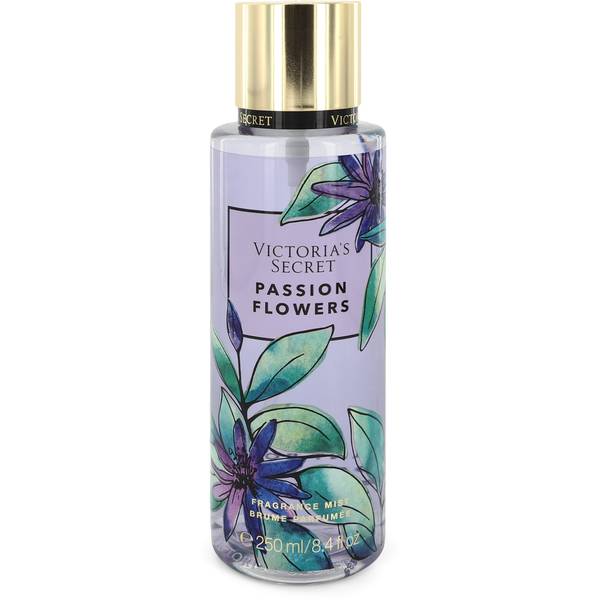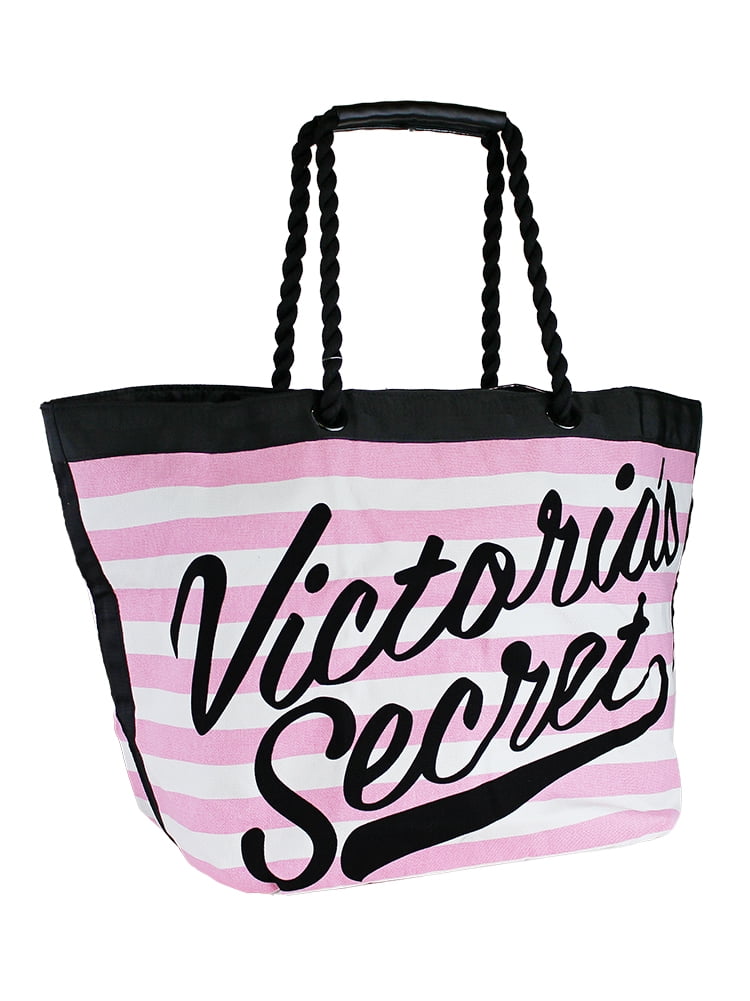
It selects a handful of vendors that have proven innovative, technologically advanced manufacturing that can keep up with the rapid concept-to-market goals for fashion launch products. Supply Chain: Victoria’s Secret manages two supply chains – one for fashion launches, another for its basic products. The product line Pink was innovated in this way to attract a younger, college-aged woman. New concepts are tested in small batches in select company stores. Chase.” The company’s internal design studios are constantly seeking inspiration for new product designs.

A key philosophy of the company is to “Read. It prioritizes design and speed to market. The company places tremendous focus on its “concept-to-market” process. Victoria’s Secret is continuously working to introduce new and innovative products. Product Design: The business model requires that the company remain agile and refresh its offerings.
#Victoria secret delivery options series#
Pathways to Just Digital Future Watch this tech inequality series featuring scholars, practitioners, & activistsĮxperience: Victoria’s Secret was also able to transform the intimates shopping experience from a “need to do” activity to a branded, quality-service experience.įive elements of Victoria’s Secret’s operations neatly align with its value creation goals. To drive store traffic, sales, and growth, Victoria’s Secret continuously launches new products (“fashion launches”) while also maintaining some staples (“non-launch” or “basics”). collections linked to the world-famous Victoria’s Secret fashion show). push-up design), as well as aspirational value (e.g.

Products: The company offers innovative, sophisticated products at an attainable price point. Victoria’s Secret creates value for its customers in two key ways: A unique value proposition, and execution of an aligned operating model, are behind the lingerie giant’s success. But there’s more at play here than just genius marketing. Victoria’s Secret is a success story – it enjoyed tremendous growth and market share gain over its history, built a powerful name, penetrated popular culture, and commanded brand awareness. Operating income margins are 18%+, higher than the apparel industry average. Its 1,100 stores generate $7.2 billion in annual sales, affording it a 35%+ share of the intimates market in the United States. Separately, Waters hinted Monday that the company will invest in creating a digital entertainment platform for women to celebrate their bodies.Victoria’s Secret is the world’s leading specialty retailer of intimate apparel. but we will redefine it in a way that's culturally relevant in the coming years." He cautioned, however, "we're not in a hurry to announce when that will be or how that will be. "Our intent is to get back into the fashion show business." "We have historically had a very significant amount of our marketing spend that was around the fashion show, and we saved that money in the last two years," Victoria's Secret CEO Martin Waters said during a virtual presentation.

The company is also planning to test a handful of off-mall locations. Its stores are getting refreshed with plus-size mannequins and lighter-colored fixtures.

Its Angels are being replaced with brand ambassadors who represent all body types and ages. The last-ever show, televised in December of 2018, suffered the worst ratings in its broadcast history.īut now, as Victoria's Secret prepares to split from its parent L Brands into a separate public entity next month, it is rewriting its playbook. After nearly 20 years running, the annual fashion show where Victoria's Secret's Angels flaunted bedazzled bras and lacy underwear was canned.


 0 kommentar(er)
0 kommentar(er)
